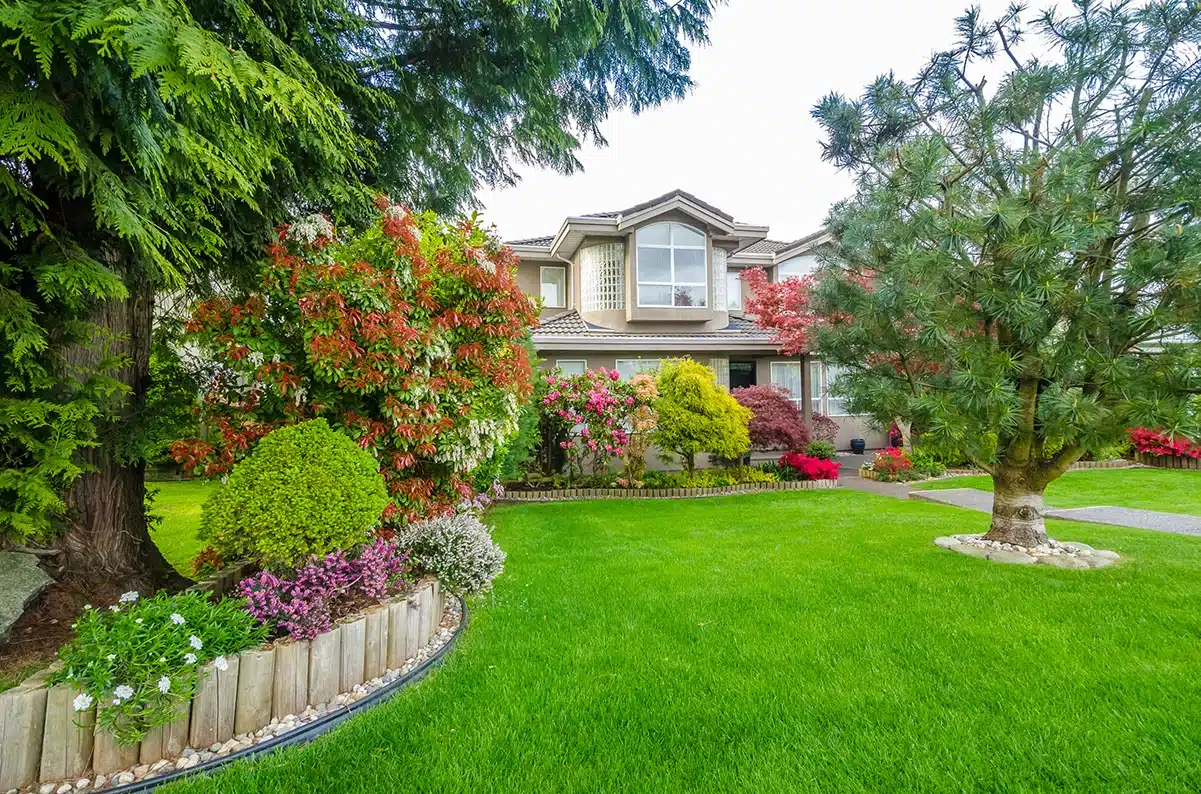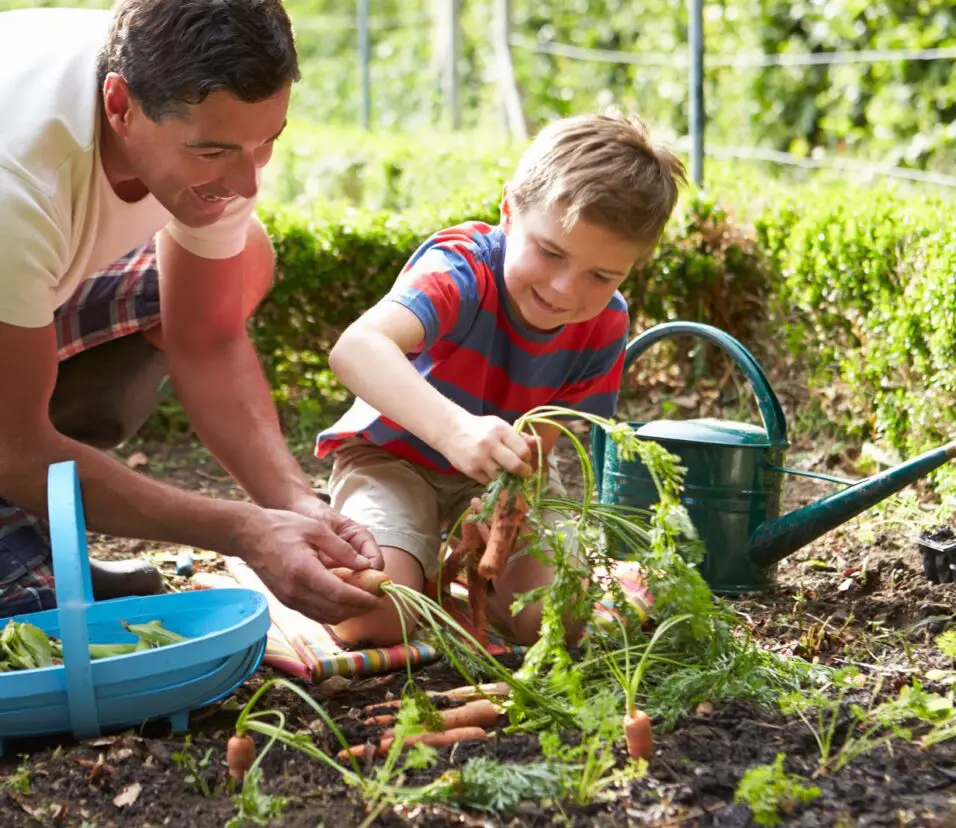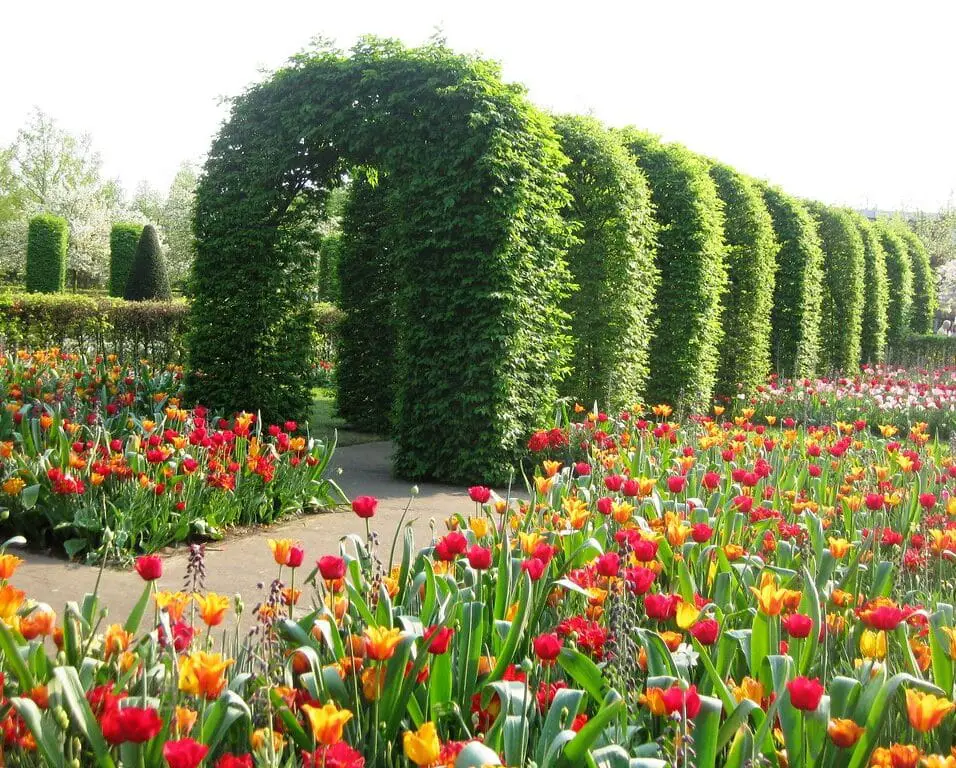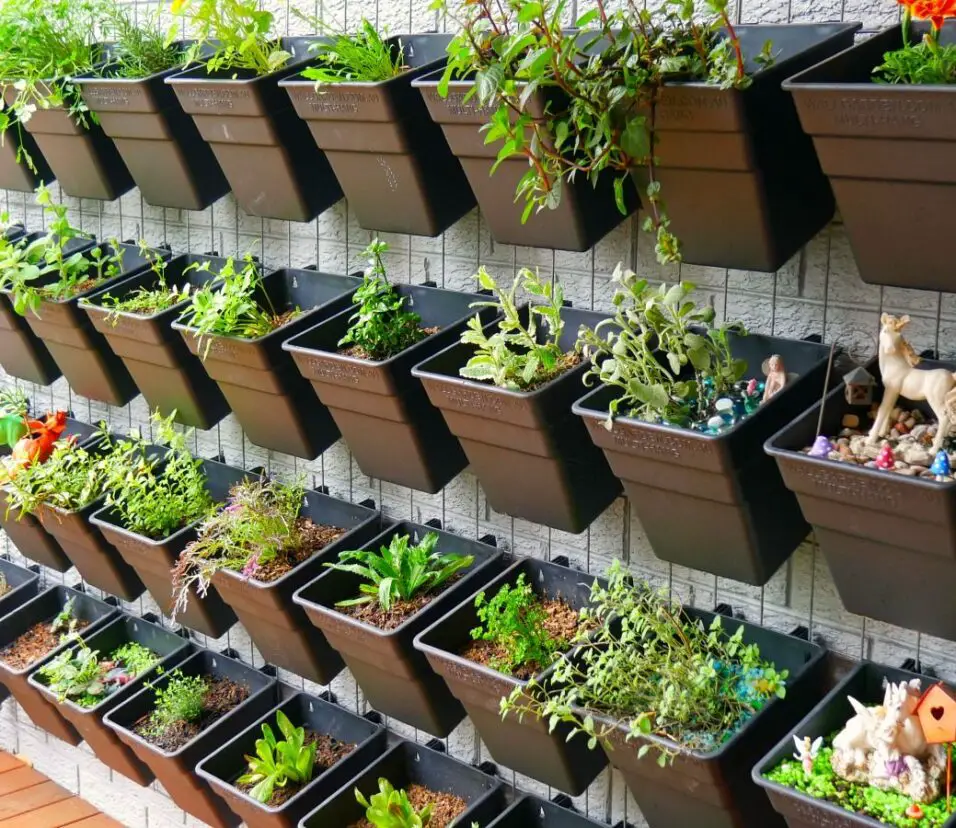What Zone Is Texas For Gardening
Introduction
What Gardening Zone Is Texas? Each gardening zone in Texas has its own climate, soil, and native plant species. The humid and subtropical Gulf Coast, arid and semi-arid West Texas, temperate and fertile Blackland Prairie, and transitional zone make up the state’s gardening zones.
Gardeners can explore a wide range of plant species in these zones, from coastal tropical palms and citrus fruits to western desert succulents. Texas’ rich history and cultural diversity influence market gardening, with many gardeners choosing native and adapted plants that fit the local climate and express the state’s identity.
The characteristics of each Texas gardening zone will reveal the plants that thrive, the best gardening strategies, and the seasonal factors that are essential to healthy and vibrant gardens. Texas’ different gardening zones will inspire and engage you on a unique horticultural trip, whether you’re a pro or a beginner.
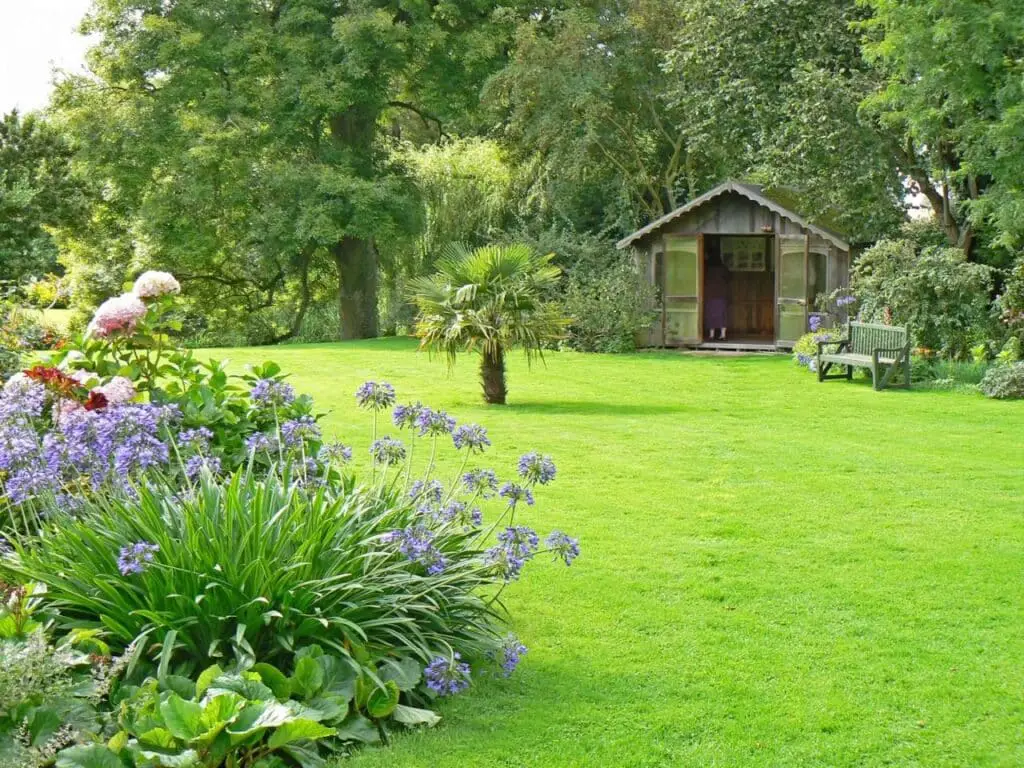
What zone is Texas for planting vegetables?
Planting vegetable seeds or transplants at the correct time is important to getting the most out of your garden. Knowing your first and last frost dates will help you start your vegetable seeds at the right time. Texas is in USDA plant hardiness zones 6-9.
Texas’ most typical vegetable cultivation zones are Zones 6–9, with some spots reaching Zone 10 in the south. The average annual minimum temperatures in these zones determine which veggies can be cultivated.
Colder winter temperatures allow broccoli, carrots, and lettuce to grow in Zones 6 and 7, in the north. In Zones 8 and 9, which cover much of central and southern Texas, extended growing seasons and warmer winters allow cool- and warm-season crops. In summer, tomatoes, peppers, squash, and beans grow here.
Zone 10, in the southernmost coastal areas, has a long warm season for tropical crops including okra, sweet potatoes, and herbs. Knowing your Texas gardening zone helps you choose vegetables and organize your planting schedule. By planting in the right zone, you’ll have a healthy, productive vegetable garden that thrives in Texas’ varied environment.
Is Texas good for gardening?
The temperate temperature in most of Texas allows us to cultivate for months. Proper preparation and care are crucial.
With its many landscapes and climates, Texas is a great place to garden. Size gives the state a wide range of growing environments, from the humid Gulf Coast to the drier West Texas plains. Texas is diverse, so while certain regions may be difficult to plant in, others are ideal.
For instance, the Blackland Prairie region’s temperate climate and good soil make it suitable for growing many commodities and decorative plants. The Gulf Coast’s subtropical environment supports exotic species, and the West Texas desert shows succulents and drought-tolerant plants’ tenacity.
Remember that the state’s climate diversity offers obstacles. Many Texas summers are hot and dry, requiring careful irrigation and plant selection. Heatwaves and frost spells can also affect gardening. Understanding Texas conditions, plant selection, and maintenance are essential for successful gardening. Texas gardening can provide gorgeous landscapes and excellent produce with the correct knowledge and devotion.
Can you grow a garden in Texas?
Unlike winter crops, the selection of the best vegetables to grow in Texas in the summer is much more diverse! You can enjoy planting cucumbers, eggplant, peppers, okra, squash, and even corn (space permitting) in your summer vegetable garden. Plant the seeds after the last frost, then water daily for two weeks.
There are plant-friendly gardening zones on the humid Gulf Coast, arid West Texas, and temperate Blackland Prairie.
You may grow tropical and exotic plants and fruits like citrus and figs on the Gulf Coast, where subtropical conditions prevail. The Blackland Prairie’s abundant soil and mild climate make it ideal for cultivating vegetables, herbs, and flowers.
Even in dry West Texas, you may grow a garden with drought-tolerant succulents, native plants, and adapted species. Watering efficiently and choosing plants that thrive in such conditions can produce magnificent results.
With appropriate planning, plant selection, and care, you can grow a successful Texas garden despite sweltering summers and erratic weather. Texas provides a broad canvas for gardeners of all levels to enjoy local produce and vibrant landscapes.
Is it hard to have a garden in Texas?
If this is your first garden in a new house, you know Texas weather and soil can be difficult, but a green thumb isn’t needed to produce a lovely garden. Grab some tips, roll up your sleeves, and get your hands dirty to cultivate your garden.
Texas gardening has pros and cons. Due of the state’s different temperature zones, gardening is viable but may require careful planning and supervision.
In southern and western Texas, summer heat can be harsh on plants, requiring careful watering and shade management.
Water availability is another factor to consider. Some areas of Texas face water scarcity, making water-efficient gardening practices essential. Drought-resistant plants, efficient irrigation methods, and rainwater harvesting can help mitigate this challenge.
However, despite these challenges, a well-planned garden can thrive in Texas. Native and adapted plant species, which have evolved to withstand the local conditions, often prove to be resilient choices. Local gardening resources, community groups, and expert advice can offer valuable insights for navigating the intricacies of gardening in Texas. With dedication, knowledge, and a willingness to adapt, the joys of gardening and the satisfaction of a flourishing garden are attainable for Texans.
How does Texas’ geographic diversity contribute to the presence of multiple gardening zones?
Its diverse climates, elevations, and landscapes create microenvironments suitable for varied plants.
Growing conditions on the Gulf Coast are humid due to its proximity to the Gulf of Mexico. As elevation rises inland, climate becomes more temperate. The lush middle Blackland Prairie has warmer winters and longer growing seasons, making it ideal for many crops.
West Texas is far from water, so it’s arid and semi-desert. Gardening becomes difficult due to water scarcity and sun exposure. East Texas’ forested Piney Woods contrast with West Texas’ desert-like vistas.
Texas’ geographic diversity affects temperature, precipitation, and soil composition, affecting which plants may grow where. This complex relationship between geography and climate has created various gardening zones, allowing novice and professional gardeners to tailor their methods to their region.
In which gardening zones of Texas can you successfully grow cold-season crops like broccoli and lettuce?
Broccoli and lettuce can thrive in milder Texas winters, especially Zones 8 and 9. Cold-tolerant plants thrive in these zones in central and southern Texas, where colder temperatures are mild.
Central Texas cities like Austin and San Antonio are in Zone 8. Winters in this region are warm, with lowest temperatures rarely below 20°F (-6.7°C). It can grow broccoli, lettuce, spinach, and kale, among other cold-season crops.
Zone 9 covers Houston and Corpus Christi on the Gulf Coast. Winters are moderate, however light frosts sometimes occur. This allows broccoli and lettuce to be grown in cooler months without being damaged by excessive cold.
Even in Texas’ milder winters, Zones 8 and 9 gardeners can grow cold-season crops by timing and caring for their plants.
How does the extended warm season in Zone 10 impact the types of plants that can be grown in southernmost Texas?
In Zone 10, which includes Texas’ southernmost coastal districts, the longer warm season greatly affects plant growth. Tropical and subtropical plants that struggle in cooler climates can thrive in this microclimate due to the extended warm temperatures and lack of frost.
Heat-loving crops like okra, sweet potatoes, basil, and rosemary thrive in Zone 10’s long growing season. Tropical fruits like mangoes, papayas, and citrus trees thrive in this warm climate.
Gardeners in Zone 10 can grow perennials that would be annuals in cooler zones because there is no frost.
However, the same warmth that supports these plants can also pose challenges. High temperatures and humidity levels can lead to increased pest and disease pressures. Effective pest management and suitable irrigation practices are vital to maintaining a successful garden in this warm and inviting zone.
What role does understanding your gardening zone play in selecting the right plants and planning your planting schedule in Texas?
Understanding your gardening zone plays a pivotal role in selecting the right plants and planning your planting schedule in Texas. Gardening zones are determined by climate factors such as temperature ranges, frost dates, and growing season length, which greatly influence a plant’s chances of survival and productivity.
By knowing your specific zone within Texas, you can choose plants that are naturally adapted to your climate’s conditions. This ensures that your garden is populated with species that can thrive and flourish without excessive intervention. For instance, selecting heat-tolerant plants for hotter zones or frost-resistant varieties for colder zones can lead to better outcomes.
Furthermore, your gardening zone dictates your planting schedule. It helps you determine the optimal times to sow seeds or transplant seedlings to ensure they have the best chance of growth and survival. Planting too early or too late can expose plants to harsh conditions, potentially leading to poor growth or failure.
In Texas, where the climate varies widely, understanding your gardening zone is like having a roadmap for successful gardening. It empowers you to make informed choices, maximize your garden’s potential, and navigate the unique challenges and opportunities presented by your specific location within the state.
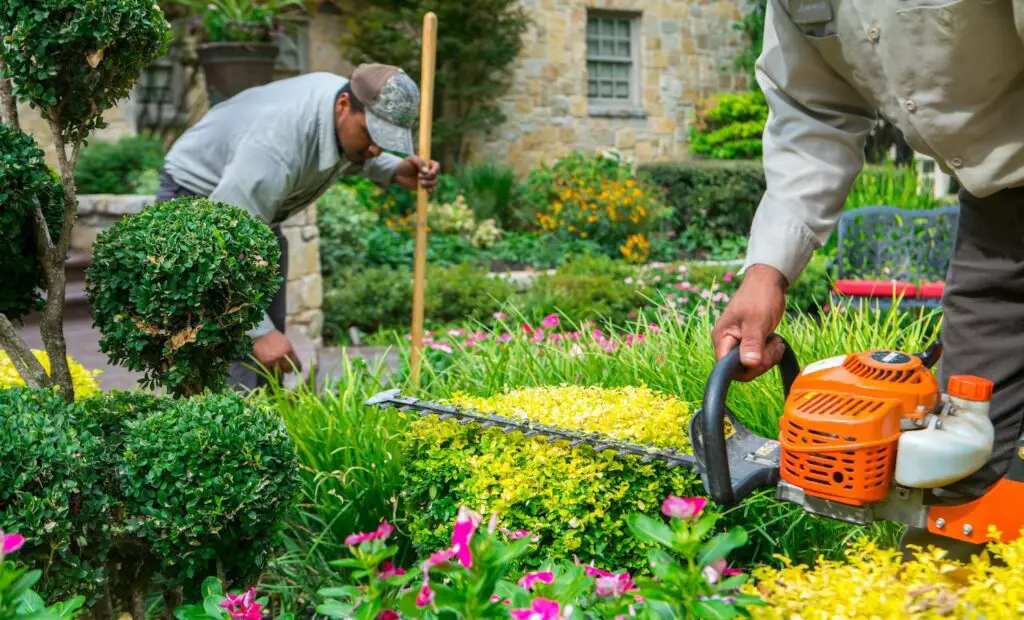
Conclusion
We’ve researched Texas’ climates and landscapes, from the Gulf Coast to West Texas’ arid plains, and identified challenges and opportunities for land lovers.
Each zone requires different gardening practices, from the wet Gulf Coast with tropical and subtropical plants to West Texas with drought-tolerant succulents and desert flora. Native and adapted species thrive in temperate Blackland Prairie and transitional zones’ fertile soil and moderate weather.
Texas gardening is more than a hobby—it’s a connection to the soil, a celebration of heritage, and a testament to human creativity despite challenges. Texas gardening mixes nature’s gifts with human work to generate abundant harvests, vibrant landscapes, and a sense of accomplishment from nurturing life.
As you embark on your own gardening journey within Texas planting , remember that knowledge, patience, and adaptability are your greatest allies. By understanding the unique characteristics of your gardening zone and working with the natural rhythms of the environment, you’ll be able to create a garden that not only thrives but also reflects the rich diversity and tenacity that defines the Lone Star State. May your gardening endeavors in Texas be filled with beauty, inspiration, and a profound connection to the ever-evolving world of nature.



